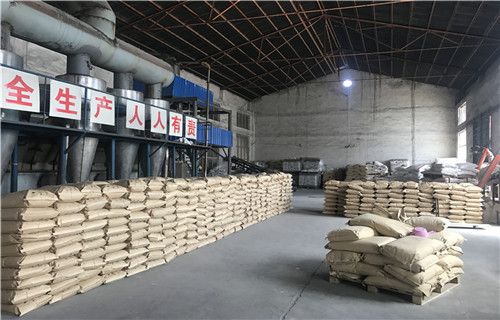联系人 Matthew
Weifang, Shandong
Product
Name: Polyacrylamide
PAM Thickener
Cas: 9003-05-8
Other
Names
Polyacrylamide / Flocculant /
PAM
Appearance
White Crystal
Powder
Purity
>90%
CAS
No.
9003-05-8
Packing
1kg per
bag,25kg /drum,1 ton / Pallet
Application
Sewage
Water Treatment, Coal Mine Washing, Oil Field
etc
Use
characteristics
1.PAM can
make suspended matter through electric neutralization, bridging
adsorption, and flocculation.
2. can
play a role through mechanical, physical, chemical
effects.
3.PAM can
effectively reduce the frictional resistance of the fluid. Adding a
small amount of PAM to the water can reduce the resistance by
50-80%.
4. PAM has
thickening effect under neutral and acid conditions. When the pH is
above 10, PAM is easily hydrolyzed. Thickening will be more
pronounced when in a semi-mesh
structure.
Effect
condition
Under
normal circumstances, the use of polyacrylamide will increase the
amount of flocculation, but the effect will be lower when it is
used too much, and it will become a stable colloid. Followed by
flocculation time: the combination of organic flocculant and
inorganic flocculant, the biggest feature is that the largest
particle floc can be obtained, and the oil droplets can be
agglomerated or adsorbed out. The speed is too slow and the time is
too short. The flocculant can not be in full contact with the solid
particles, which is not conducive to the flocculant trapping the
colloidal particles; and the concentration distribution of the
flocculant is not uniform, which is not conducive to the role of
the flocculant. The effect of polyacrylamide is also related to the
water temperature: the reaction rate is too slow at low water
temperature, the hydrolysis time increases, affecting the amount of
water treated, and the excessively high viscosity of the flocculant
will also make the floc fine. At high water temperatures, the
reaction rate is too fast and fine flocs are
formed.
Description of the amount of
polyacrylamide used



| 国家: | China |
| 型号: | - |
| 离岸价格: | 500 ~ 900 / Ton 获取最新报价 |
| 位置: | Weifang,China |
| 最小订单价格: | 500 per Ton |
| 最小订单: | 1 Ton |
| 包装细节: | 25kg, 1MT woven bag |
| 交货时间: | 3 working days |
| 供应能力: | 1000 Ton per Month |
| 付款方式: | PayPal, L/C, T/T |
| 產品組 : | Polyacrylamide |